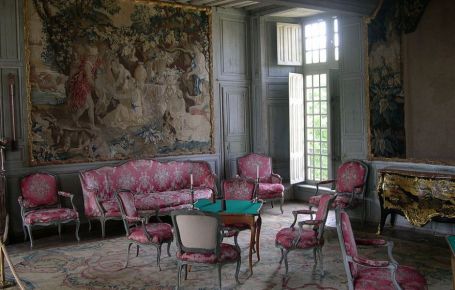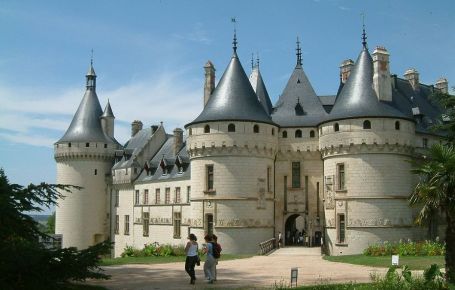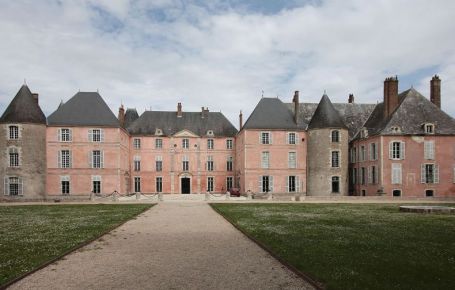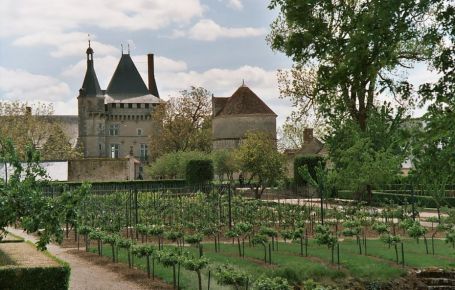The expression Loire castles is a tourist designation that includes a group of French castles located in the Loire Valley. The castles of the Loire Valley have the particularity of having been, for the most part, built or heavily rebuilt during the French Renaissance (16th-17th century) at a time when the court of the kings of France was installed in this region. The concentration of remarkable monuments in this region has moreover partly justified the inclusion of the Loire Valley on the World Heritage List by UNESCO, between Sully-sur-Loire (Loiret) and Chalonnes-sur-Loire (Maine-et-Loire). However, a number of other castles, generally of royal origin or built by lords close to royal power, have a very important reputation and are just as interesting to visit.
A number of these castles and mansions are located less than an hour from Cloyes-les-3-Rivières. We have prepared a selection for you, which you can see in the corresponding tabs : Amboise, Blois, Chambord, Châteaudun and Cheverny.
We also suggest that you visit the sites below.
The Château de Talcy is known to have belonged to the family of Cassandre Salviati who inspired Ronsard's famous verses "Mignonne, allons voir si la rose..." ("Pretty, let's see if the rose..."). ». Diane, his niece, is the muse of the young Agrippa d'Aubigné. Cassandre's daughter counts Alfred de Musset in her direct descent. One of the last owners, Albert Stapfer, is the first translator of the German poet Goethe. Poetry literally inhabits this castle.
As far as the history of France is concerned, the so-called rooms of Catherine de Médicis and Charles IX keep the memory of the Talcy conference which brought together Reformed and Catholic people for the last time in 1562.
Until the French Revolution, the Château de Meung-sur-Loire was the prestigious residence of the bishops of Orléans and welcomed great names in French history. It was also a strategic place in the conflict between the English and the French during the Hundred Years War: Joan of Arc delivered it after her victory in Orleans. But it also has its dark side: it was used as a prison. Its most famous prisoner was the poet François Villon. One of the founders of the Bank of France bought him back during the Revolution. In recent years, the castle is a private residence open to visitors.
Just across the Loire River, the gardens of Roquelin present you on 1 ha, in an English inspired atmosphere, more than 450 varieties of old roses intermingled with perennials and ornamental shrubs and an important collection of plants.
Further down the Loire, the Château de Chaumont-sur-Loire, originally a fortress built around the year 1000 to watch over the border between the counties of Blois and Anjou, is worth a visit. The park, of more recent creation, conceals a picturesque bridge, a water tower and a dog cemetery. The stables will delight all horse lovers. The site hosts the annual garden festival.





